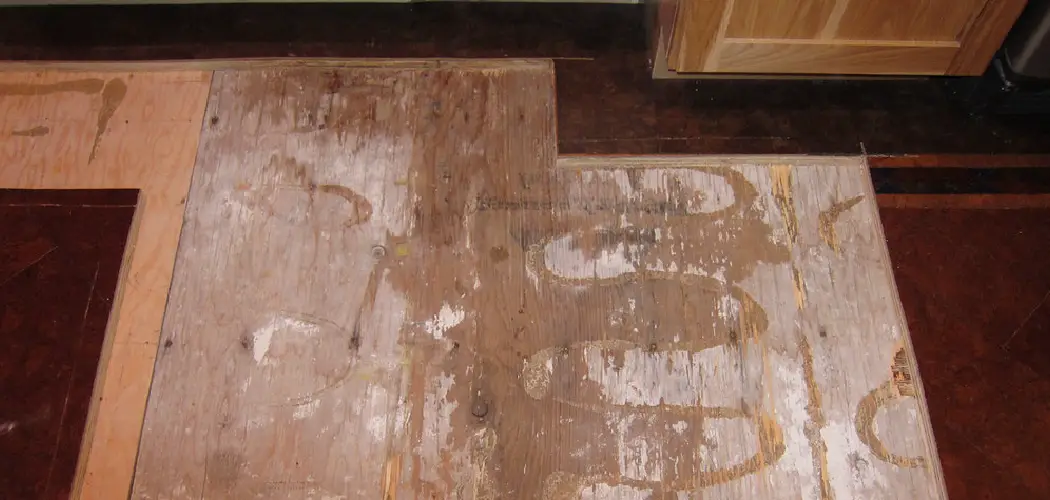Do you have wood in your home that has been damaged by water? Not to worry! In this blog post, we’ll walk you through the steps of how to fix wood damaged by water that’s been marred by floods, leaks, and more. We’ll show you how to identify the damage caused by water, whether it’s expanded grain swelling, rotting texture, or color changes.
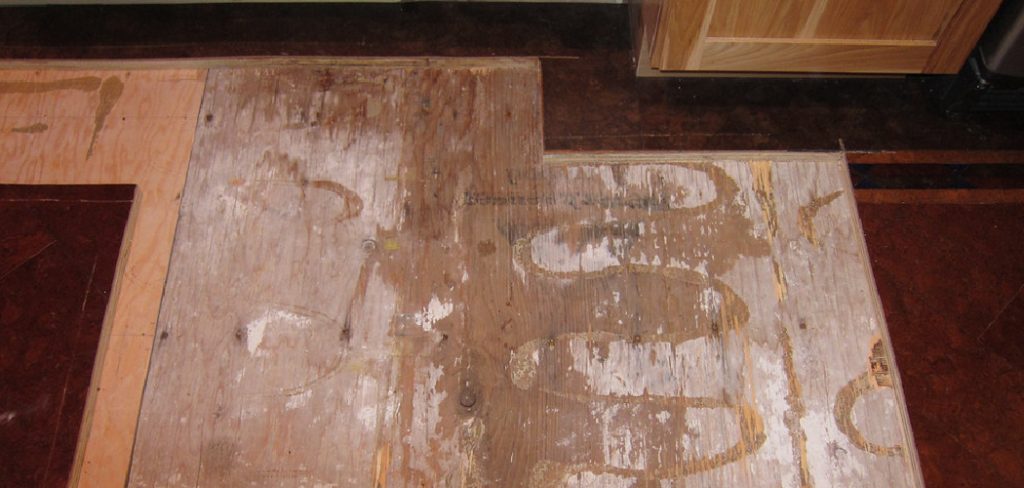
Plus, we’ll explain what types of repairs should be handled immediately for long-term preservation purposes and provide tips for protecting your wooden furnishings from further damage due to moisture. So if your wooden items are starting to look a little worse for wear after recent humidity spikes or plumbing mishaps—read on!
What Can I Use to Repair Damaged Wood?
The first step to fixing wood damaged by water is to assess the extent of the damage. If you spot any signs of rot or discoloration, it’s important to act fast and begin repairs right away.
For minor water damage, you can use wood filler compounds to fill any gaps that have formed due to warped wood. These compounds are available at most home improvement stores and come in a variety of colors so that you can match your existing wood finishes as closely as possible. For more extensive repairs, such as replacing rotted boards with new ones, consider using epoxy putty or hardwood floor epoxies.
10 Methods How to Fix Wood Damaged by Water
1. Remove the Water-Damaged Wood
The first step is to remove any wood that has been damaged by water. This includes any warped or swollen boards, as well as any boards that have started to rot. It is important to be as thorough as possible in this step, as any remaining water-damaged wood will only continue to cause problems.
If possible, replace the water-damaged wood with new boards that have been properly treated and sealed. Try to avoid using salvaged wood, as it may not be as reliable.
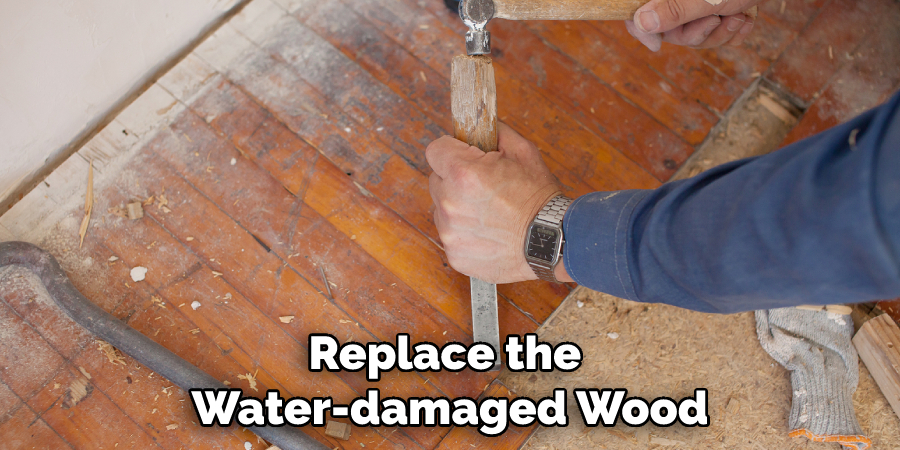
2. Inspect the Subflooring
Once the water-damaged wood has been removed, it is time to inspect the subflooring. The subflooring is the layer of plywood or OSB that sits beneath the finished flooring. If this layer is damaged, it will need to be replaced. If it is still in good condition, it may just need to be cleaned and dried.
If you are unsure about the condition of the subflooring, it is best to call in a professional who can inspect it and make sure that it is in good enough condition to be salvaged. Although it is possible to replace the subflooring yourself, it can be a difficult and time-consuming task.
3. Clean and Disinfect
Once the subflooring has been inspected, it is time to clean and disinfect the area. This step is important in order to prevent mold and mildew from developing. First, use a wet/dry vacuum to remove any remaining water from the area. Then, clean the area with a bleach solution (1 part bleach to 10 parts water).
Allow the solution to sit for 10 minutes before rinsing it off with clean water. If there are any stains or spots that need to be treated, use a fungicidal cleaner. Allow the cleaner to sit for 10 minutes before rinsing it off with clean water. After this step is complete, allow the area to dry completely before moving on to the next step.
4. Repair Damaged Floor Joists
If the floor joists are damaged, they will need to be repaired before proceeding. The floor joists are the beams that support the floorboards. To repair them, you will need to replace any damaged boards and secure them in place with screws or nails.
However, if the damage is more extensive, it may be necessary to remove any weakened boards and replace them with new ones. Make sure to use the same size, species, and grade of lumber as the existing floor joists for seamless repair.
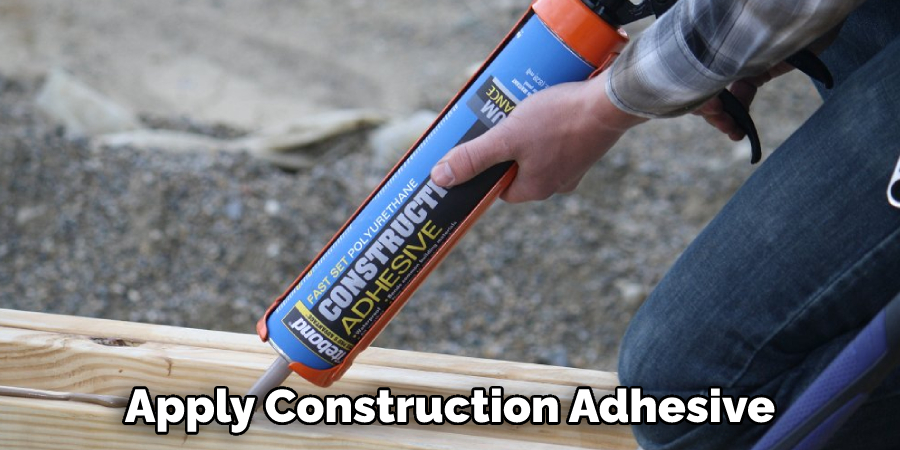
After the new boards are in place, secure them with screws or nails and then use a circular saw to cut them to the desired size. Finally, apply construction adhesive along the edges of the boards and secure them in place with screws or nails. This will provide a strong and durable repair that should last for years to come.
5. Install a Vapor Barrier
A vapor barrier is a sheet of plastic that helps to prevent moisture from seeping into the home through the foundation. It is important to install a vapor barrier before proceeding with the repairs, as it will help to prevent future problems. The barrier should be installed on the interior side of the foundation wall, overlapping each sheet by at least 6 inches.
Make sure to seal any seams with a waterproof sealant. Additionally, add foam insulation to the floor if needed, which will help to insulate the home and reduce energy costs. Try to use the highest quality materials you can afford to ensure the best results.
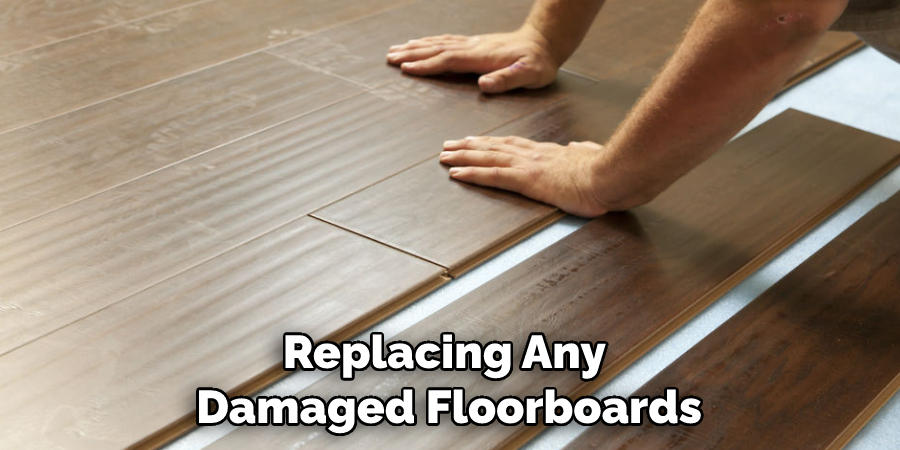
6. Replace Damaged Floorboards
Once the vapor barrier has been installed, you can proceed with replacing any damaged floorboards. Be sure to use boards that are of similar thickness and width as the original boards. Secure the new boards in place with screws or nails. Make sure to avoid over-tightening, as this could cause the boards to crack.
Use a level to make sure all new boards are installed correctly. After all new boards are in place, fill any gaps or nail holes with wood putty. Finally, sand the entire floor so that it is even and smooth.
7. Install Baseboard Molding
Baseboard molding helps to protect your walls from damage and also gives your home a finished look. To install it, simply nail or screw it into place along the bottom of your wall using finished nails or screws.
Make sure to measure each section of the wall before cutting, and use a miter saw to get clean cuts for corners. Once all your baseboard molding is in place, caulk the seams between each piece and then paint to match your walls. However, if you plan to paint the wall and mold different colors, it’s best to paint the baseboard before installation.
8. Prime and Paint Your Walls
Once the baseboard molding has been installed, you can proceed with priming and painting your walls. Be sure to use a primer specifically designed for use on damp walls in order to ensure proper adhesion of the paint. Though it may seem tedious, it is important to use two coats of primer and paint.
This will ensure that the color you choose for your walls comes through in its truest form and that your walls have a smooth, even finish. Be sure to use high-quality paint and brushes for the best results. When you’re done with the walls, move on to painting the ceiling. Again, use two coats of primer and paint for the best results.
9. Install a New Rug or Carpet
Installing a new rug or carpet is the final step in the repair process. Not only does this give your home a fresh, clean look, but it also helps to protect your floors from further damage due to moisture.
Before you install the rug, make sure to vacuum and steam clean your floors first. This will ensure that all of the dirt and dust are removed from your floors and will make the installation of your new rug easier. When you have installed the rug, be sure to vacuum it regularly to keep it looking great.
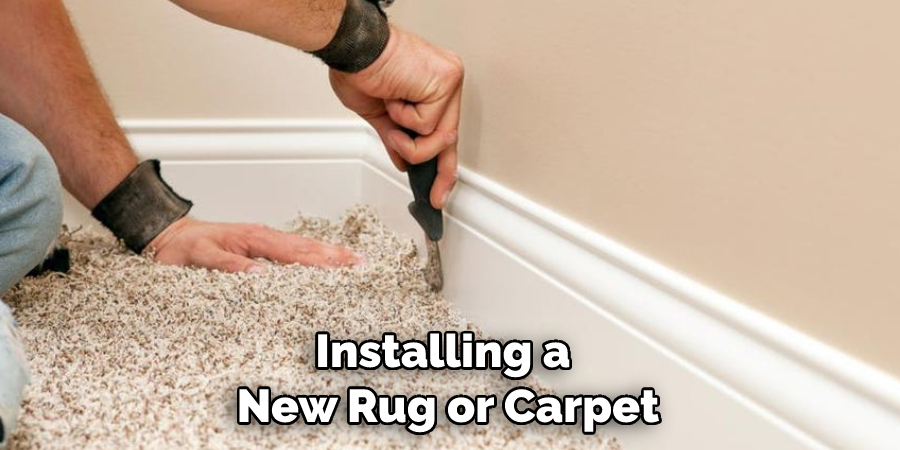
10. Check for Moisture on a Regular Basis
Once the repairs have been completed, it is important to check for moisture on a regular basis. This will help to ensure that any future water damage is caught before it has time to cause extensive damage.
To do this, simply use a damp cloth and wipe down all of your walls and floors periodically (once every few months). If you notice any areas that appear especially damp, be sure to investigate further and take the appropriate steps to fix the issue.
By following these simple steps, you can easily repair water damage in your home and prevent further damage from occurring. With the right materials, tools, and a bit of patience, you can get your home back to looking like new in no time. Good luck!
Secret Tips When Fixing Wood Damaged by Water
- Use a dehumidifier and fans to dry the area as quickly as possible.
- Check for signs of mold or mildew before beginning repairs.
- Replace any damaged boards with ones of similar thickness and width to the original boards.
- Install baseboard molding along the bottom of your walls to help protect them from further damage.
- Prime and paint your walls using two coats of primer and paint for best results.
- Install a new rug or carpet once all repairs are complete.
- Check for moisture on a regular basis to ensure that no further water damage occurs.
These tips will help you repair wood damaged by water quickly and effectively, so you can enjoy your home again soon!
Conclusion
Water-damaged wood is not the end of the world. With a little know-how and the right tools, you can repair water-damaged wood and make it look as good as new. Don’t let water damage get you down – with these tips on how to fix wood damaged by water. You’ll have your wooden furniture and fixtures looking great in no time.
You Can Check It Out to Wash a Backwood

